Vitamin A Expert at the Forefront of Helen Keller Intl Work
Helen Keller International’s first foray into malnutrition work was through vitamin A supplementation (VAS). Now years later, the organization’s continued leadership in this area has been facilitated by a nutritional epidemiologist named Dr. Rolf Klemm.

Research completed in the 1970s by Dr. Albert Sommer demonstrated that vitamin A deficiency was highly correlated with childhood mortality and blindness. HKI began distributing vitamin A capsules widely. Klemm’s foray into the work began in 1986, when—as country director for the Philippines—he surveyed children in the Philippines for night blindness and dry eye due to vitamin A deficiency (VAD) called xerophthalmia.
“Things have changed since that early research—there are half as many child deaths globally than there were 15-20 years ago,” Klemm says.
As a recent paper[1] on which Klemm is the lead author points out, “While VAS programs have contributed to the reduction in under-5 mortality rates, alone they do not address the underlying problem of inadequate dietary VA intakes and chronic VAD among preschool-aged children in the developing world.”
“You’re dealing with an important problem, but kids who are malnourished aren’t just deficient in one nutrient,” Klemm says of VAS.
As options for addressing VAD continue to expand, a means through which to monitor who is receiving interventions is needed to ensure benefits outweigh risk. In the decades since VAS began, Homestead Food Production, food fortification and the promotion of producing and consuming vitamin A-rich foods like orange-fleshed sweet potatoes have been adopted in a number of countries. Beneficiaries are also being counseled on essential nutrition actions to promote consumption.
“Breastfeeding is a major source of vitamin A for children,” stresses Klemm.
The way interventions occur has also changed. High VAS coverage was achieved by adding it onto National Immunization Day campaigns to eradicate polio—but as these activities have slowed or disappeared as polio eradication efforts succeed, VAS delivery has transitioned to Child Health Weeks or to clinic delivery models.
“Integrating VAS with vaccine delivery allows you to reach kids under one,” Klemm says. “Otherwise kids only come to the clinic when they’re sick if they believe the clinic services have effective treatment.”
With Klemm at the forefront, HKI has been a key voice in ensuring such interventions gain valuable press. Last year, the organization co-convened the first global food fortification summit in Arusha to raise awareness and investment in food fortification. In April, HKI led the Global Alliance for Vitamin A (GAVA) in an assessment of current programs and their execution. 23 countries signed the Dakar Declaration affirming that VAS remains vital. And in October, GAVA is hosting a symposium at the global Micronutrient Forum in Cancun.
The challenges involved in implementing research on nutrition are numerous. But Klemm—now Vice President of Nutrition at HKI and Senior Associate at Johns Hopkins’ Bloomberg School of Public Health—seems to have found a unique vantage point through which to tackle them. After all, successful interventions require the same course of action that Klemm himself took as an employee of two organizations with complementary objectives: integration.
[1] Klemm, R.D.W et al. (2016). A changing landscape for vitamin A programs: Implications for optimal intervention packages, program monitoring and safety. Food and Nutrition Bulletin, 1-12.









